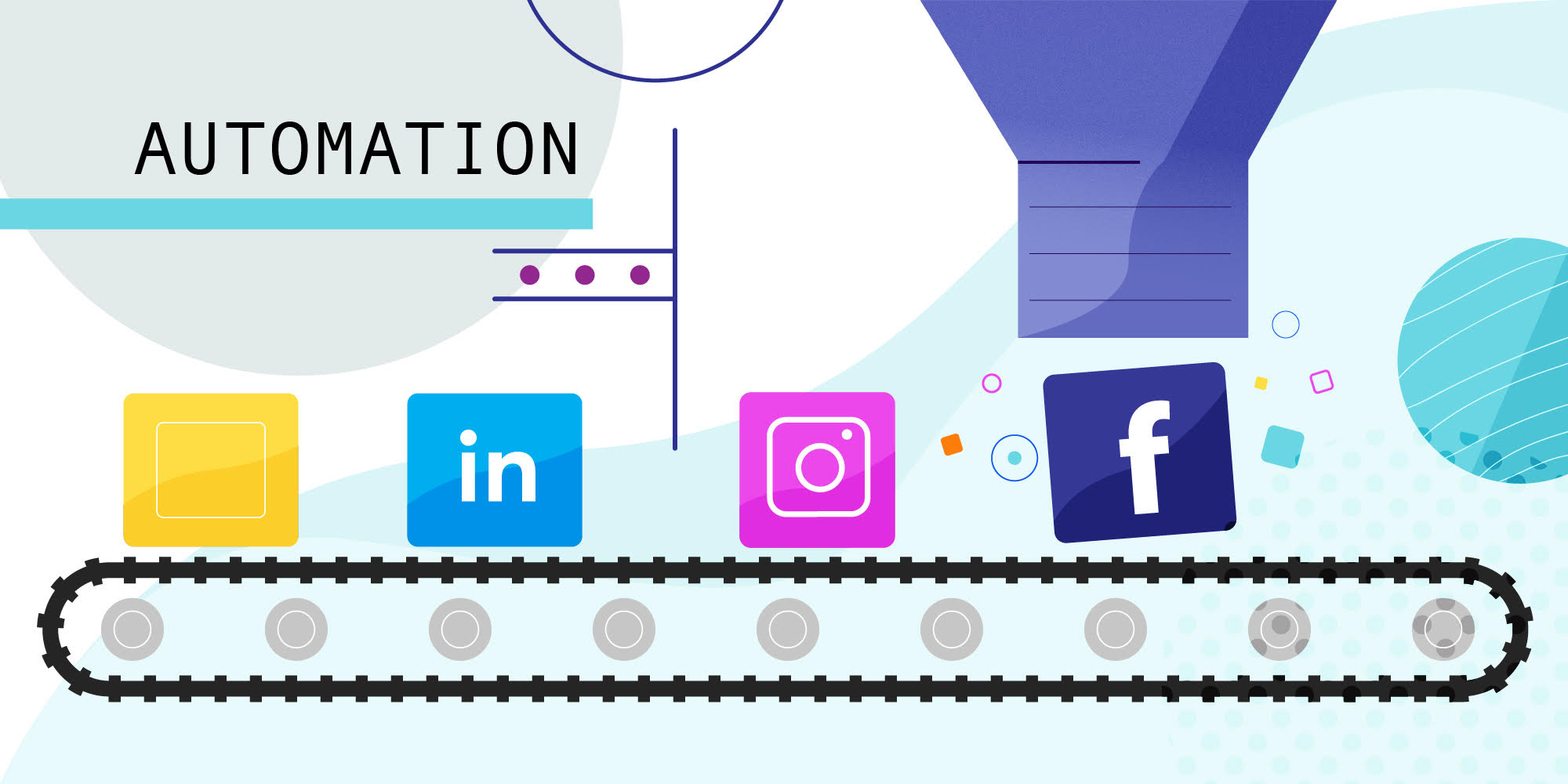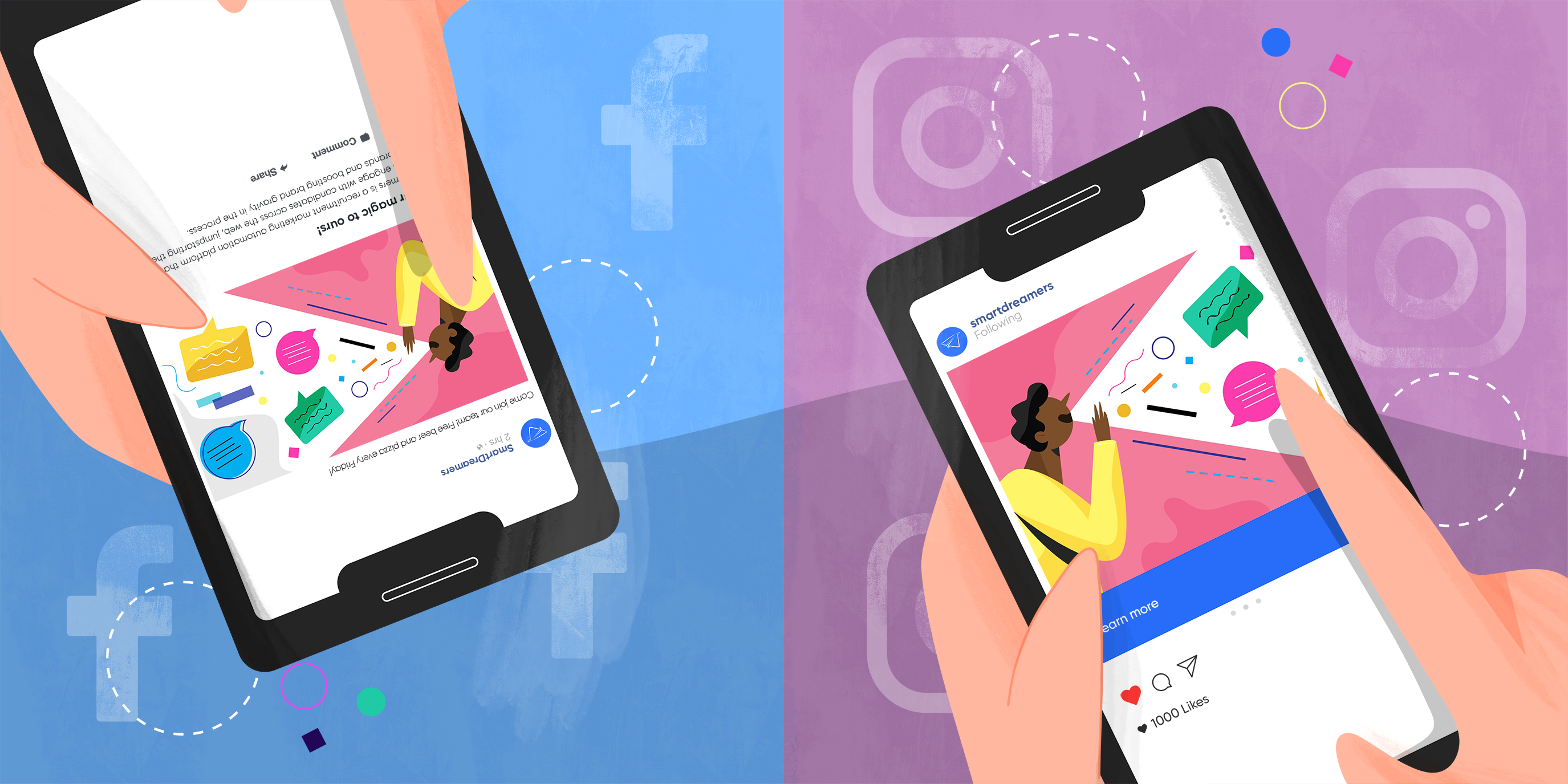Employer brand and EVP: they’re not the same thing. Sure, they’re related, and they’re often used interchangeably, but there are important differences between the two. While your employer brand is a story that potential recruits can latch onto as they move deeper and deeper into your recruitment funnel, it doesn’t necessarily need to provide too many specifics about the way that your organization provides value to its people. EVP, in this regard, is just the opposite: it should be a concrete accounting of things like educational opportunities, benefits, growth opportunities, and office perks, all aimed at showing prospective recruits that your employer brand isn’t just talk—that you can back it up with real added value.
Given the difference between these two concepts, it’s easy to imagine a scenario in which many of your target applicants are fairly familiar with your employer brand but much less well acquainted with your EVP. They can rattle off your brand story, and when they hear your name they associate you with a particular narrative, but they don’t connect you with a particular set of benefits, perks, or opportunities. This is a great start, certainly, but in many cases it’ll be your EVP that finally gets applicants over that last imaginative hurdle and convinces them to apply.
So, the question becomes: how do you effectively spread your EVP to your ideal job candidates? One possible answer is recruitment marketing automation.
Moving Beyond Employer Brand
As you make a push to drive up awareness not just of your employer brand but your EVP, you’re likely to encounter a few hurdles. While an employer brand narrative might be general enough that a relatively broad target audience will respond well to the same message, your EVP is going to have to be segmented by the specific positions you’re hiring for. If you’re a software provider, for instance, you might find that your ideal applicant for a more senior position is particularly interested in career stability and the opportunity to make a meaningful impact in her field; whereas your target persona for an entry level position might be more excited by opportunities to learn from more experienced teammates and to grow their own skillsets over time.
The same employer brand might pique the interest of both groups, but it’s unlikely that the same formulation of your EVP would do the trick. This means that, all of a sudden, you need to be much more careful about how you’re targeting your audience and how you're segmenting your messaging. It’s not enough to simply send out ads to a general audience across Facebook and Instagram—you’ve got to find your target candidates where they are and deliver content that will speak to them fairly specifically. This is where automation comes in…
Targeting and Segmenting Your EVP
Okay, a quick refresher on recruitment marketing automation: automation, in this context, refers to a streamlined workflow for creating ads that can be used across multiple platforms and for targeting and scheduling those ads in advance so that they post at the right time for the right audience automatically. This type of technology can also include automated reporting functionality that gives recruiters access to mission critical data even on sites that would otherwise have no way of providing this data. In this way, you can manage a recruitment marketing strategy without having to constantly tend to a whole host of disparate websites, many with sub-stellar user interfaces.
Now, reaching the level of granularity in your ad placement that we hinted at in the section above above might seem a little bit daunting. After all, there are only so many hours in a day, and you can only afford to devote so much time to navigating the intricacies of a whole host of different niche ad platforms. Luckily, you don’t really have to. Instead, you can use automation to bridge the gap between these advertising channels and your own workflows. As you sketch out the likely platforms the will be best for reaching different segments of your audience, you can automate your interactions with those sites, meaning that you can schedule your advertising in advance and peruse in-depth reporting at your leisure.
This means that even under circumstances that would otherwise make it difficult or impossible to know how your ads were affecting web traffic on your careers page, how they were impacting applies, and what demographics were being reached, automation workflows could provide that data. In other words, all of the mundane, repetitive tasks that would otherwise make effectively spreading your EVP difficult and time consuming simply cease to be an issue.
Growing Your Talent Pipeline
Once you’ve properly segmented your EVP and targeted the different elements of your audience, recruitment marketing automation can do more than just save time. It can create a positive feedback loop that causes your employer branding efforts—to say nothing of the health of your talent pipeline!—to improve over time. How? By providing the kinds of data-based feedback that recruiters can use to tailor their approach more effectively to the habits of their target personas. If you’re trying to hire, say, mid-level developers, for instance, automated reporting from your various and far-flung advertising channels makes it possible to perform an apples-to-apples comparison for each channel and each distinct approach. As a result of that comparison, you might find that your ideal candidate is spending less time on Stack Overflow and more time on Reddit than you first believed. Then, you can adjust your strategy to reflect this knowledge.
This is just one example of the ways in which automation can help you refine your approach. You might also find that your cost-per-click on a particular website is considerably higher or lower than average, and adjust your ad-buying accordingly. You might find that you’re reaching a large number of people at a relatively good cost-per-impression on another site, but it’s not resulting in many new applications—in which case you might reconsider whether you’re emphasizing the right aspect of your EVP to this segment of your audience. In each of these instances, your recruitment marketing gets smarter, putting you in a position to bolster the strength of talent pipeline and attract game-changing new recruits.








